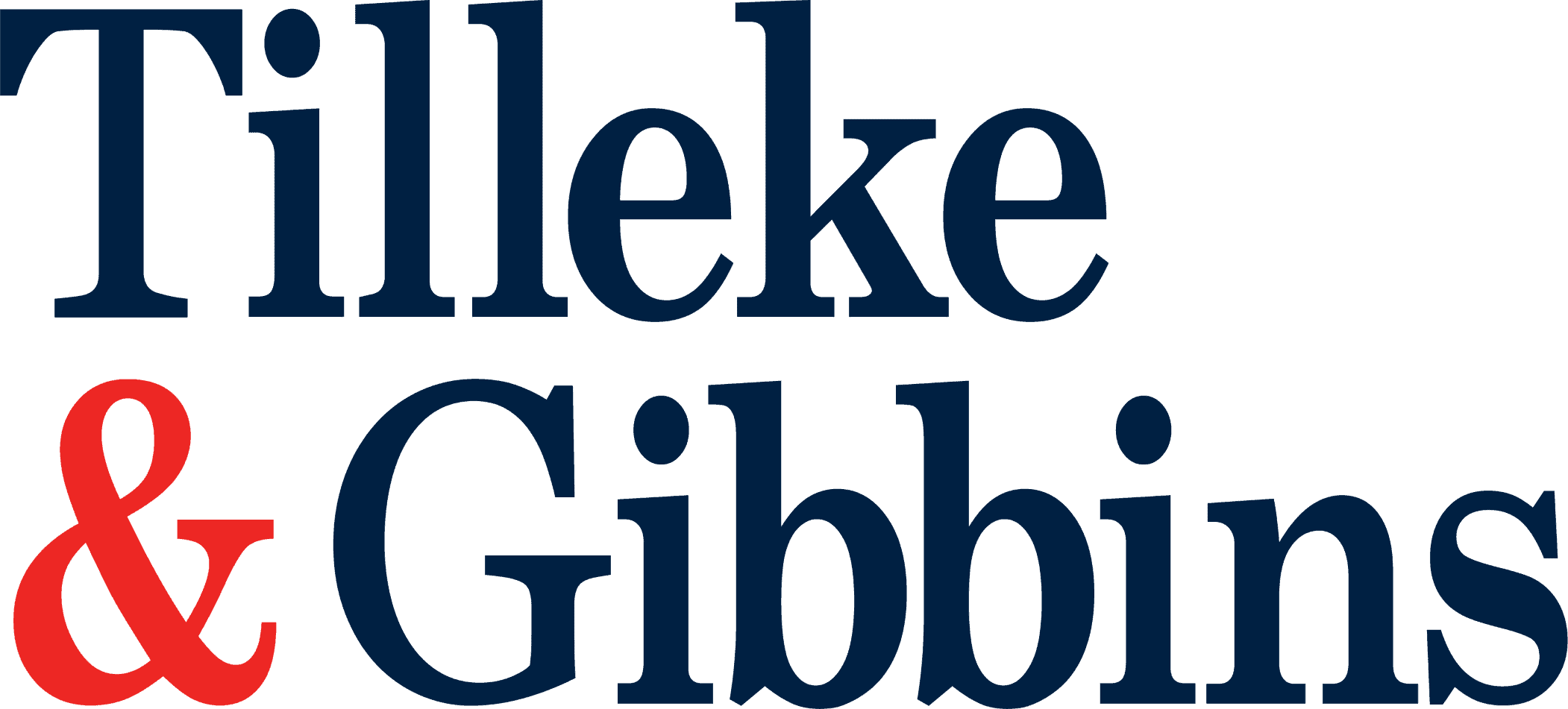
Technological advancements are leading to innovation and disruption across a range of industries, and insurance is no exception. Self-driving cars, for example, may one day cause insurance risk to shift from car owners and drivers to car manufacturers. New approaches to insurance, such as peer-to-peer insurance, are also shaking up the industry.
These innovative technologies offer a range of economic and social advantages. Self-driving cars can increase road safety, and peer-to-peer insurance providers offer greater coverage over multiple needs and personalized service with lower, customized premiums. These technologies may also prove to be a boon for inward investment. But before Thailand can benefit from these advantages, the country’s insurance industry will have to modernize and get ahead of the technological curve.
In most countries, there are significant barriers in the insurance sector because of dated and stringent regulations which make it difficult to raise capital. In Southeast Asia, these effects are even more pronounced—insurance sectors are heavily regulated by archaic regimes, sometimes centuries old, and government policies issuing new licenses for life and non-life insurance businesses are rare.
As a result, in Southeast Asia, financial technology (FinTech) startups may not find it possible to enter into contracts as insurance providers. This makes them less attractive to investors—in particular, venture capitalists, who do not like to hold assets that will put them at risk.
In addition, FinTech start-ups in the insurance industry do not have the longstanding reputations that big insurance providers have. This will make it even more difficult for them to attract customers and investors. There is also a lot of uncertainty about the regulatory boundaries for FinTech companies, which discourages entering the industry.
Singapore is tackling this problem in a unique way. The Monetary Authority of Singapore, the country’s central bank, has released proposed guidelines that facilitate FinTech solutions in financial services. The guidelines introduce a “regulatory sandbox” that reduces regulatory friction. It allows for the experimentation of clearly defined FinTech solutions for customers in a regulatory environment where specific requirements are relaxed and other regulations focus on providing solutions to any failed systems.
Applications to operate in the sandbox will be evaluated based on applicants’ intention to introduce these FinTech solutions to Singapore and the extent to which they will benefit the country’s consumers and industry. FinTech companies worldwide were invited to comment on and design solutions to “problem statements” in various categories to solve issues while remaining within regulatory limits.
Thailand may not be ready to conduct a sophisticated regulatory sandbox-type experiment, but the country’s insurance industry is gradually changing to absorb insurance technology (InsurTech), predominantly in these four areas:
- Access to insurance products via websites, online channels, and personal devices is becoming more direct and easier. Premium benchmarking can now be easily done through personal devices through a simple click. InsurTech is bringing new technology intermediary players to the Thai market (e.g., web-aggregators and online distributors).
- Communication via technology is more accessible to the public. Customers no longer need to rely on customer call centers or refer back to paper policies. All product information (and their advertisements) is readily available via websites, applications, smartphones, and personal devices. An application called “Claim-Di” is already facilitating communication and claims between drivers and insurance companies through mobile applications without the need for surveyors.
- Advanced analytics from the effective data collection of customers are being used to assess their risks and behaviors using wearable technology to evaluate the wearer’s health habits and assess the insured customer’s risk. This results in better premium rates especially in personal insurance products.
- Innovative technology products are being introduced to the market. “Pay-as-you-go” motor insurance was recently introduced into market, and cyber insurance will be available in the near future.
In addition, some Thai automobile insurance providers are already using telematics, such as “Black Boxes” installed in cars and mobile applications, to monitor customers’ driving habits and calculate insurance premiums based on customers’ individual risk, while incentivizing safe driving with lower premiums. GPS tracking systems may also improve insurance response times by pinpointing drivers’ locations.
As with the rest of the world, the Thai insurance industry, including insurance operators, brokers, and regulators, will have to make adjustments. As the personal market becomes more disaggregated, Thai insurance companies may move to commercial markets or niche markets. Thailand should modernize its regulatory framework for the insurance industry to ensure that these technological disruptions will benefit both consumers and the industry as a whole.
This article was prepared by Athistha (Nop) Chitranukroh of Tilleke & Gibbins and Prapapas Kulpawaropas.
